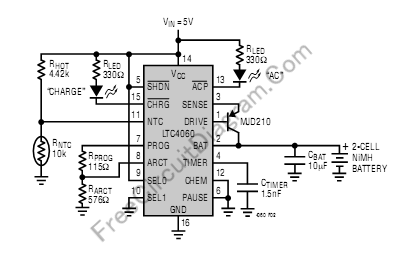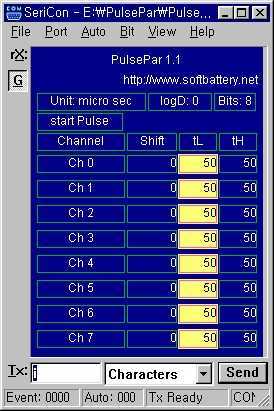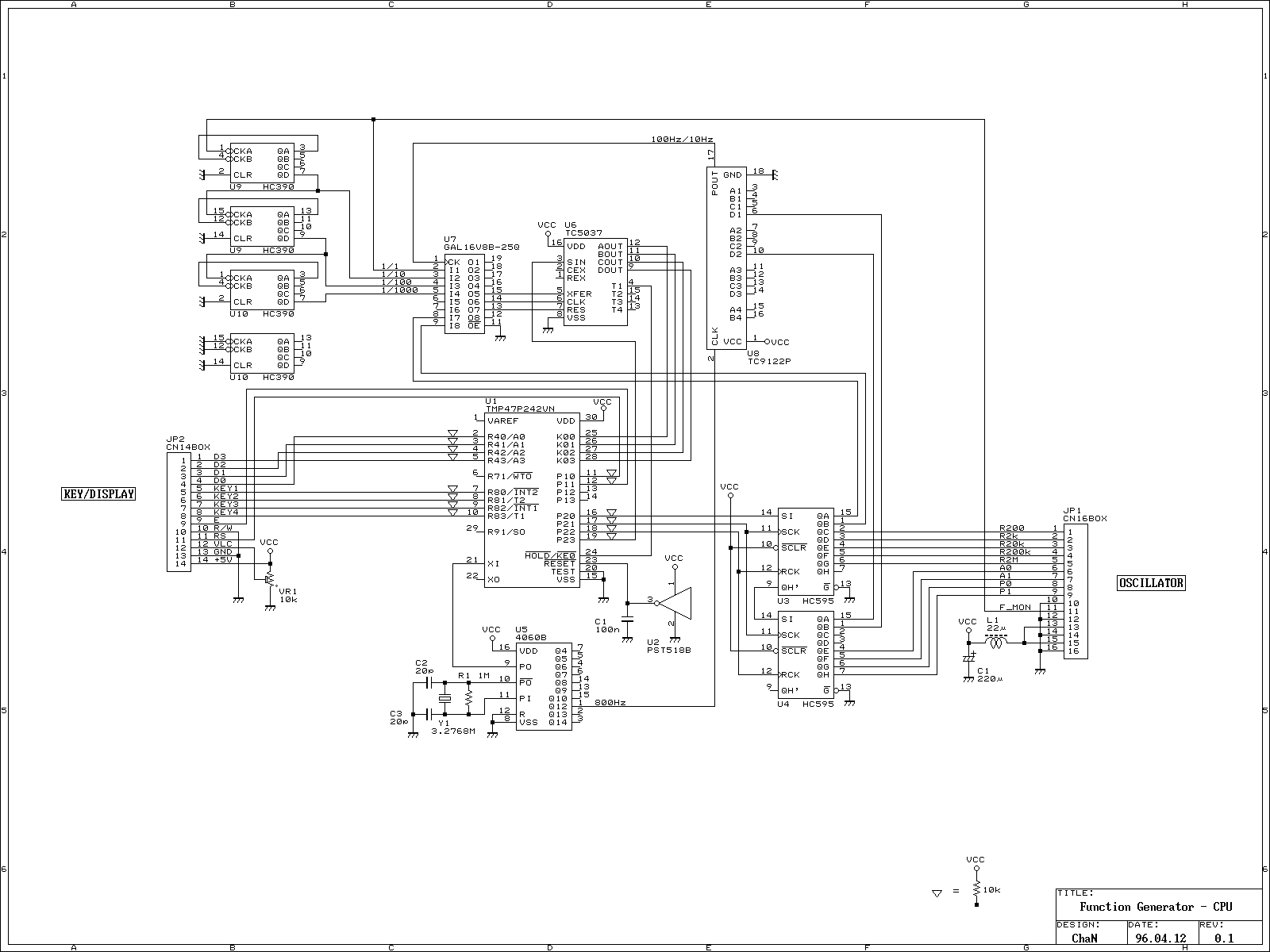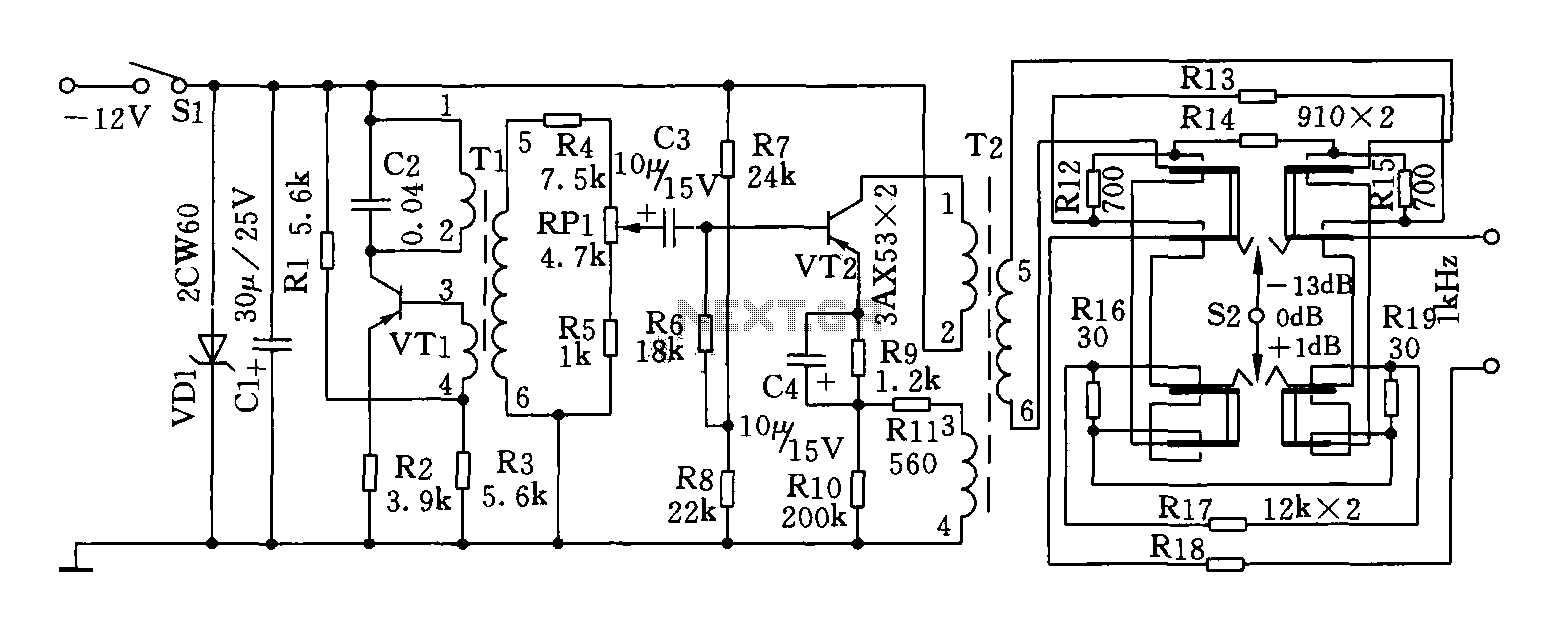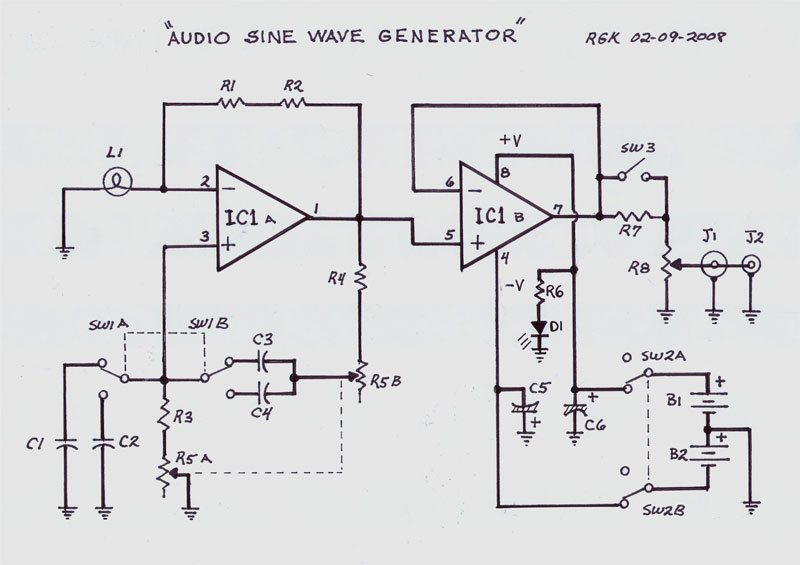
Harmonic Generator With Single Opamp
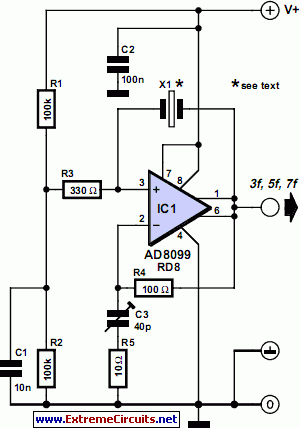
Quartz crystals exhibit a unique property whereby their amplitude and phase characteristics repeat at frequencies that are uneven multiples of the fundamental frequency.
Quartz crystals are widely utilized in electronic circuits due to their ability to generate precise frequencies. This property arises from the piezoelectric effect, where mechanical stress applied to the crystal generates an electrical charge, and vice versa. The fundamental frequency, denoted as f, is the primary resonant frequency at which the crystal vibrates.
The uneven multiples of this frequency, known as overtone frequencies, are critical in applications requiring high stability and accuracy, such as oscillators and frequency references. In practical applications, a quartz crystal can be used in a circuit configuration that includes a load capacitor, which helps to determine the effective frequency of oscillation.
When designing a circuit that incorporates a quartz crystal, several parameters must be considered, including the crystal's series and parallel resonance frequencies, equivalent series resistance (ESR), and load capacitance. The crystal's characteristics are defined by its cut, size, and material, which influence its performance in temperature variations and aging effects.
In oscillator circuits, the quartz crystal is typically connected in a feedback loop with an amplifier to sustain oscillation. The configuration can be either a Pierce oscillator or a Colpitts oscillator, depending on the required output waveform and frequency stability. The design must ensure that the feedback network provides sufficient gain while maintaining phase conditions for sustained oscillation.
Overall, quartz crystals are essential components in modern electronics, providing reliable frequency control in a wide range of devices, from clocks and timers to communication systems and GPS technology. Their ability to maintain consistent performance across various environmental conditions makes them invaluable in precision applications.Quartz crystals have the property that their amplitude/phase characteristic repeats itself at frequencies that are an uneven multiple of the fundamental f.. 🔗 External reference
Quartz crystals are widely utilized in electronic circuits due to their ability to generate precise frequencies. This property arises from the piezoelectric effect, where mechanical stress applied to the crystal generates an electrical charge, and vice versa. The fundamental frequency, denoted as f, is the primary resonant frequency at which the crystal vibrates.
The uneven multiples of this frequency, known as overtone frequencies, are critical in applications requiring high stability and accuracy, such as oscillators and frequency references. In practical applications, a quartz crystal can be used in a circuit configuration that includes a load capacitor, which helps to determine the effective frequency of oscillation.
When designing a circuit that incorporates a quartz crystal, several parameters must be considered, including the crystal's series and parallel resonance frequencies, equivalent series resistance (ESR), and load capacitance. The crystal's characteristics are defined by its cut, size, and material, which influence its performance in temperature variations and aging effects.
In oscillator circuits, the quartz crystal is typically connected in a feedback loop with an amplifier to sustain oscillation. The configuration can be either a Pierce oscillator or a Colpitts oscillator, depending on the required output waveform and frequency stability. The design must ensure that the feedback network provides sufficient gain while maintaining phase conditions for sustained oscillation.
Overall, quartz crystals are essential components in modern electronics, providing reliable frequency control in a wide range of devices, from clocks and timers to communication systems and GPS technology. Their ability to maintain consistent performance across various environmental conditions makes them invaluable in precision applications.Quartz crystals have the property that their amplitude/phase characteristic repeats itself at frequencies that are an uneven multiple of the fundamental f.. 🔗 External reference
